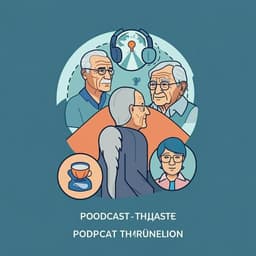
Linguistics and Languages
Unravelling the stylistic nuances: a comparative multidimensional analysis of amateur and professional translations of Legends of the Condor Heroes
I. Chou, Z. Xiang, et al.
Dive into this study by Isabelle Chou, Zhangyujie Xiang, and Kanglong Liu, exploring the significant stylistic differences between amateur and professional translations of Jin Yong's beloved martial arts epic, *Legends of the Condor Heroes*. Discover how translation quality impacts reader comprehension and engagement in cross-cultural contexts.
~3 min • Beginner • English
Related Publications
Explore these studies to deepen your understanding of the subject.







